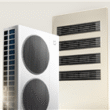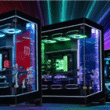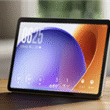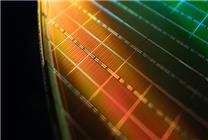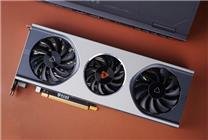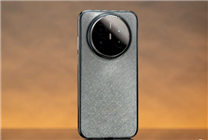DDR4 vs DDR5 Memory: A Shift in the Market Landscape
Summary:
- DDR4 memory has recently seen a price surge, becoming more expensive than DDR5.
- This shift has prompted memory manufacturers to extend production of DDR4.
- The anticipated adoption rate for DDR5 is expected to reach 80% by the end of this year.
In September 2021, DDR5 memory made its debut in the PC market alongside Intel’s 12th generation Core platform. Fast forward four years, and the landscape is evolving rapidly. While the expectation was that DDR4 would gradually fade out, an unexpected trend has emerged this year: DDR4 prices have risen, making them more costly than their DDR5 counterparts in recent months.
This unusual inversion in pricing is not just a fleeting anomaly; it has significant implications for the memory production landscape. Major manufacturers such as Samsung and SK Hynix are responding to this shift by extending the production of DDR4 memory into 2025. This has created an interesting dynamic, particularly for PC gamers and enthusiasts who are looking to upgrade their systems.
Factors Influencing the Shift
The price escalation of DDR4 can be attributed to a variety of factors, including supply chain disruptions and increased demand for older hardware. Despite this price increase, DDR4 has failed to offer a competitive advantage over DDR5, especially for new PC builds.
Liu Yuyi, General Manager of Youqun Technology, a key connector manufacturer, recently echoed this sentiment. Originally, the market was in a transitional phase, poised for a switch from DDR4 to DDR5. However, the unexpected price hikes in DDR4 have accelerated this transition process, particularly in desktop platforms.
The DDR5 adoption rate in the first half of the year lagged behind the market average of 60%. Yet, projections indicate that this rate will surge in the latter half of 2023. Yuyi anticipates that the adoption rate for DDR5 will hit an impressive 80% for desktop platforms by year-end, with an annual average hovering around 75%. This means that, by the close of the year, three out of every four computers will be equipped with DDR5 memory.
Current Market Trends
Observations from retailers show a striking trend: virtually no new installations this year have favored DDR4. As DDR5 becomes increasingly accessible, high-frequency memory modules, such as those rated at DDR5-6400 and beyond, are now available at competitive prices. This makes it a prime time for consumers to make the leap and invest in DDR5 technology.
Why Upgrade to DDR5?
-
Performance Advantage: DDR5 offers superior speed and efficiency compared to its predecessor, DDR4. This means enhanced performance for gaming, content creation, and multitasking applications.
-
Future-Proofing: With the projected shift toward DDR5, investing in this memory type not only meets current performance needs but also prepares systems for future software and hardware developments.
- Cost-Effectiveness Over Time: While initial investments in DDR5 may seem higher, the long-term savings from improved performance and longevity can outweigh short-term costs.
Conclusion
As the PC memory landscape continues to evolve, the remarkable rise in DDR4 prices has shifted the market dynamics, making DDR5 the more attractive option for consumers. The predicted upswing in DDR5 adoption signals a significant transformation in how users are equipping their systems. With the advantages of speed, performance, and future readiness, now is the ideal time for users to embrace the DDR5 platform.
For anyone considering an upgrade, the historical inversion of DDR4 and DDR5 prices presents a unique and timely opportunity. With high-frequency DDR5 memory readily available and competitive, the transition is not just beneficial but essential for maximizing the computing experience.


